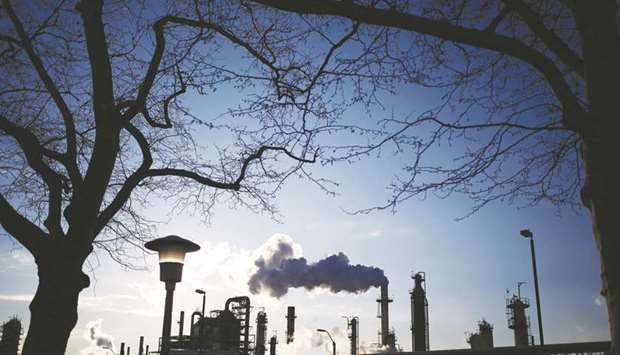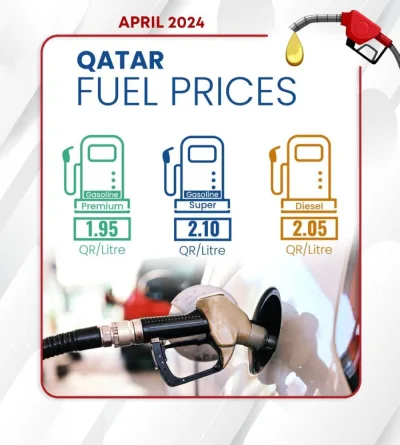Bets on rising Nymex gasoline prices were raised to the most bullish in more than six months in the week ended August 29 as hedge funds braced for what grew to become the strongest hurricane to hit the US since 2004. At the same time, data from the US Commodity Futures Trading Commission shows bets on rising West Texas Intermediate crude prices falling by the most since 2007 on a percentage basis, spurred by concern demand would fall as about 35 major refineries in the region struggled to survive Harvey’s fury.
The bullish gasoline positions were due to “the imminent landfall of Harvey and people figuring the refineries would be shut for at least a few days,” said Michael Lynch, president of Strategic Energy & Economic Research in Winchester, Massachusetts. “Long is logical when Harvey comes to town. It never makes sense to short the market when there is a hurricane coming.”
Harvey made landfall with winds of 130 miles per hour. As the storm swept across the Gulf Coast, flooding homes, closing ports and knocking out refineries, markets were shaken.
WTI dropped below $46 a barrel as demand for oil slid as refiners shut operations at key facilities, including the nation’s largest, Motiva Enterprises LLC’s Port Arthur plant in Texas. At the same time, the 5,500-mile Colonial Pipeline, a top transporter of gasoline to the Northeast, halted some flows.
The result: Gasoline futures skyrocketed to more than two-year highs, stoked by fears that the closures would lead to a lasting supply crunch.
“It’s no surprise that people are pretty bullish, at least over the short-run,” said Brian Kessens, a managing director and portfolio manager at Tortoise Capital Advisors LLC, who helps manage $16bn in energy-related assets. Still, he added, “we entered into this period of time with a pretty high level of storage. I don’t think you’re going to see nationwide gasoline shortages.” The most recent Energy Information Administration data showed gasoline stockpiles at 229,937 barrels, higher than the average seasonal level from 2012-2016.
Money managers increased their benchmark US gasoline contract net-long position, or the difference between bets on a price increase and wagers on a drop, by 34% to 48,930. Meanwhile, the net-bullish position on diesel jumped by 50%.
Investors getting long on gasoline had been anticipating disruptions with so much refining capacity in the region, said Joseph Bozoyan, a portfolio manager at Manulife Asset Management in Boston. “But, these things usually correct themselves pretty quickly, so you may see some of those longs start to come off.”
Hedge funds also reduced their WTI net-long position by 42% to 147,303 futures and options, the lowest level since the end of June. Shorts jumped by 86% to the highest level since June, while longs fell by 8%. Investors “were figuring with refineries shut down, you’d get at least a momentary build in crude, so in the short-term it’s bearish,” Strategic Energy’s Lynch said by telephone.
Some plants remain off line as of the end of last week, either due to storm-related impacts such as flooding or a lack of available crude.
Others were working to resume operations, including Citgo Petroleum Corp’s and Valero Energy Corp’s Corpus Christi, Texas plants. The US government also approved the release of at least an emergency 5.3mn barrels of crude to refiners to help keep plants operating.
The recovery efforts and the release of crude from the nation’s Strategic Petroleum Reserve, pushed gasoline futures down 1.8% on Friday.
“It’s over. Everybody can try to race to the gas station and try to get the last drop out of the corner fuel pump, but for the futures market, it’s over,” John Kilduff, a partner at Again Capital, a New York-based hedge fund, said by telephone.



